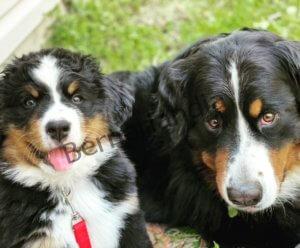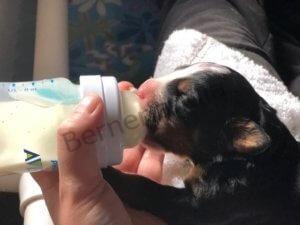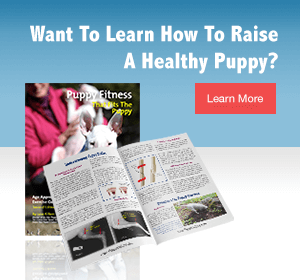Potty Training and its BFF – Crate training.
Throughout many years of training and interacting with new dog parents, I have received a myriad of questions and concerns in regards to crate training.
- “I don’t want him to feel like we don’t trust it”
- “Isn’t it like jail?”
- “Why can’t it just have free reign in the house?”
- “How big or small should a crate be?”
- “For how long can it stay in the crate?”
- “How will it help with potty training?”
These, among several other similar concerns pop often in training sessions. Let’s address some of them:
1. Trust, is a relative term when it comes to puppies. Will a puppy keep all your secrets better than a journal protected by the national guard? Yes! We shall give it a gold star for trustworthiness there.
Will a puppy seek every opportunity to chew, pee, poop and make a mess out of the alien world it is encountering? 100% yes. Let’s take back that gold star for no trust worthiness there.
Why is that though?
Puppies lack “impulse control” and they experience the world with their mouth. As we discussed in my previous entry The Wet Sock Vortex, bladders, colons and ways to explore the world (jaws and teeth) lack the knowledge to “not be”. In Shakespearean terms, if a puppy is asked: “to pee or not to pee” the answer will always be “To pee”.
2-. “Warden, bring forth the prisoner.” I would like to dispel this particular myth with a simple observation. If you believe your bedroom to be like jail, then you may have a winning argument. Otherwise, no. Crates are not like jail. Crates are meant to be considered a sanctuary, a place of rest and comfort, and most importantly, never a place for punishment.
3-. Free ranging puppies – Hmm.. please refer to explanation on point #1 or succumb to the wet sock vortex.
4-. Size requirements: For potty training purposes, a crate should be big enough for the puppy to move around, stand and change positions. Bigger is not better. The more space there is in a crate, the more likely accidents will happen. As the puppy grows, the crate should grow with them, as mentioned above “enough room to move and change positions”. Cozy but not cramped. For my dogs, I change sizes 3 times in their lifetime: Initial small-puppy crate, medium crate, and finally their permanent bedroom / crate.
Addendum to point #4: Please note that due to lack of impulse control, very young puppies (2-4 months) may still (and probably will) have accidents within their crate. A crate does not mean you won’t be investing a tremendous amount of time potty training. A crate is a training tool, not a magical solution.
Potty training is a developmental process. It is a marathon, not a race.
5-. Limit gauge: The amount of time puppies can remain in crates increases with age. In the first few months during daytime, it can range from 1 to 3 hours. During night time from 5 to 6 hours. As impulse, bladder and colon control increases with age, the longer we can increase the time.
Our dogs all sleep in their own crate. During the day, their crates are available and some choose to sleep in them and come out when they are done resting. However, my situation differs from most apartment dwellers or city living muggles.
Let’s discuss the nitty-gritty.
Best friends forever: Crate + Potty How exactly does it work?
The Art of Crate and potty training
After the aforementioned, let me say. When doing crate / potty training, please try and place the crate as close as possible to the potty area. This will make training and your life easier.







